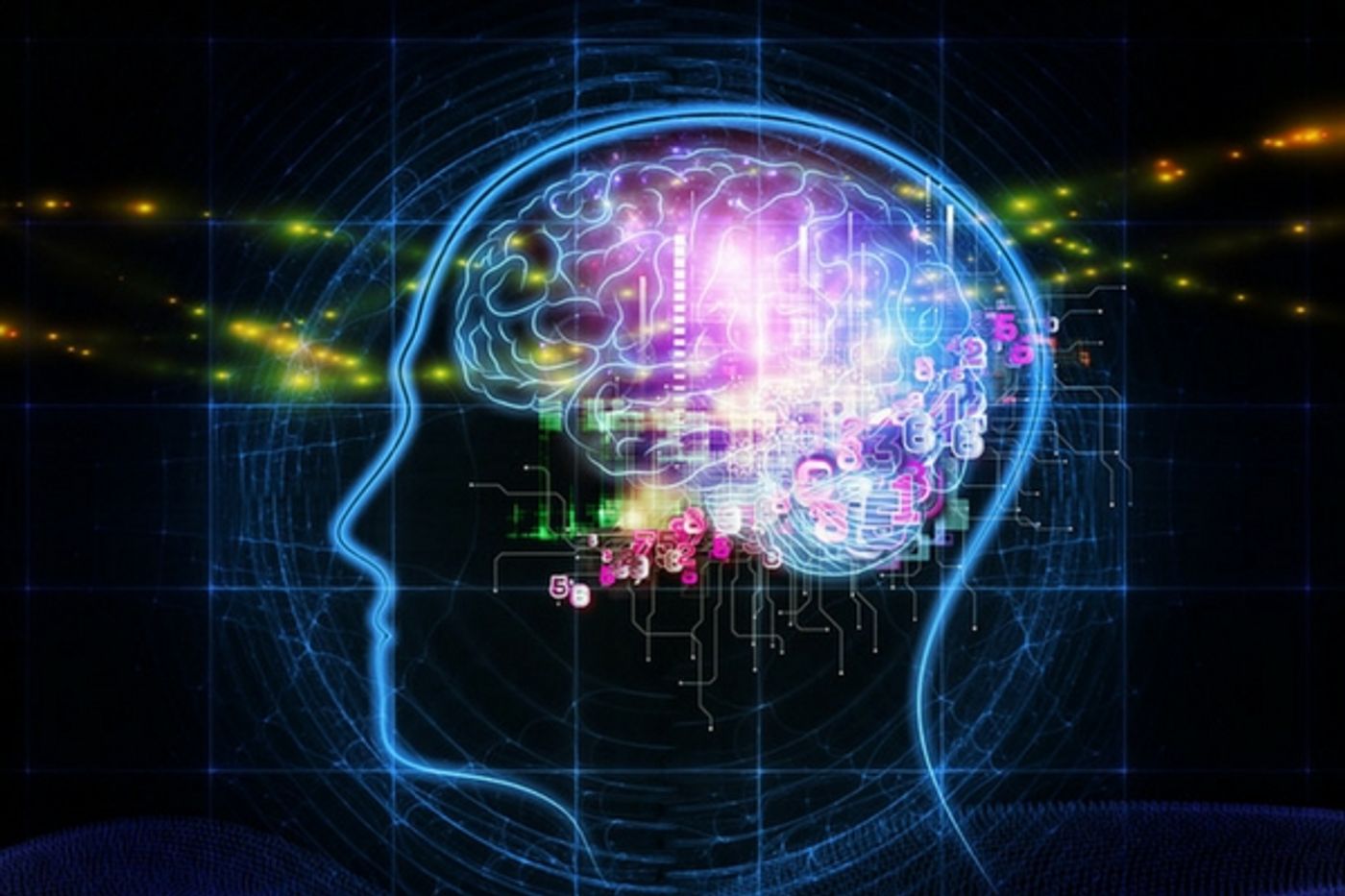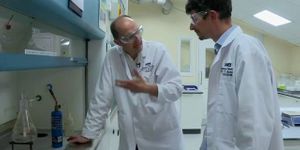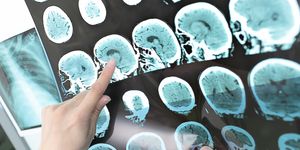The developing brain is both a mystery and a miracle. While there is new information every day about how our brains develop, grow and function, there’s so much that remains unknown. New research on how nerve cells in the brain grow was published recently and it sheds new light on previous theories about neuronal growth. Research conducted at the University of Cambridge’s Department of Physiology, Development and Neuroscience has shown that neuronal growth happens not only from molecular signaling, as previously known, but also from neurons being able to sense the brain structure around them and develop accordingly. This new research could have significant impact on treatments for nerve injuries, specifically spinal cord injuries.

Brain development involves billions, and actually trillions of interactions between neurons and axons. This network of brain cells is crucial for so many systems in the body. One misfire, one connection gone bad and a person’s health can be impacted. Neurons develop via a network of axons, growing outward much like the cord of an electrical device that brings the power from the outlet to where it’s needed. It’s been known for several years that signaling molecules in the brain direct this growth, but now scientists can say that it’s more than just signaling. The actual structural environment of the brain is part of the process.
In a press release about the work, the study’s lead author Dr Kristian Franze stated, “The fact that neurons in the developing brain not only respond to chemical signals but also to the mechanical properties of their environment opens many exciting new avenues for research in brain development. Considering mechanics might also lead to new breakthroughs in our understanding of neuronal regeneration. For example, following spinal cord injuries, the failure of neurons to regrow through damaged tissue with altered mechanical properties has been a persistent challenge in medicine.”
Brain development occurs much the same way as a person uses their senses to go about their daily lives. We can smell food cooking, we can hear traffic and we can see people around us. That is analogous to the molecular signaling in the brain. However, people have the sense of touch as well. As neurons spread out in the brain, they have to push through tissue. This is a physical force, so of course with that action, comes a reaction from the surrounding structure.
The team at Cambridge used atomic force microscopy to develop a way to measure the stiffness, or feel of developing Xenopus frog brains and record that at a high resolution. What they found is that when the neurons encountered areas in the brain that were stiff and difficult to push through, they reacted and went in directions where there was not as much resistance. Changing the stiffness of the surrounding tissue in the frog brains resulted in the neurons changing their growth patterns.
The team wanted to know how exactly this was happening. The answer was in the cell membrane of the neuron. The membrane contains ion channels known as Piezo1, which only open when enough force is applied, similar to pressure valves. This causes a chemical reaction and influences neuron growth. By manipulating the cell membranes and the ion channels chemically, the researchers were able to observe corresponding changes in the direction of the nerve cell growth.
Franze summed up the research by stating, “We already understand quite a bit about the detection and integration of chemical signals. Adding mechanical signals to this picture will lead to a better understanding of the growth and development of the nervous system. These insights will help us answer critical questions in developmental biology as well as in biomedicine and regenerative biology.” Check out the video to learn more.
Sources:
Nature Neuroscience,
University of Cambridge,
Science News









